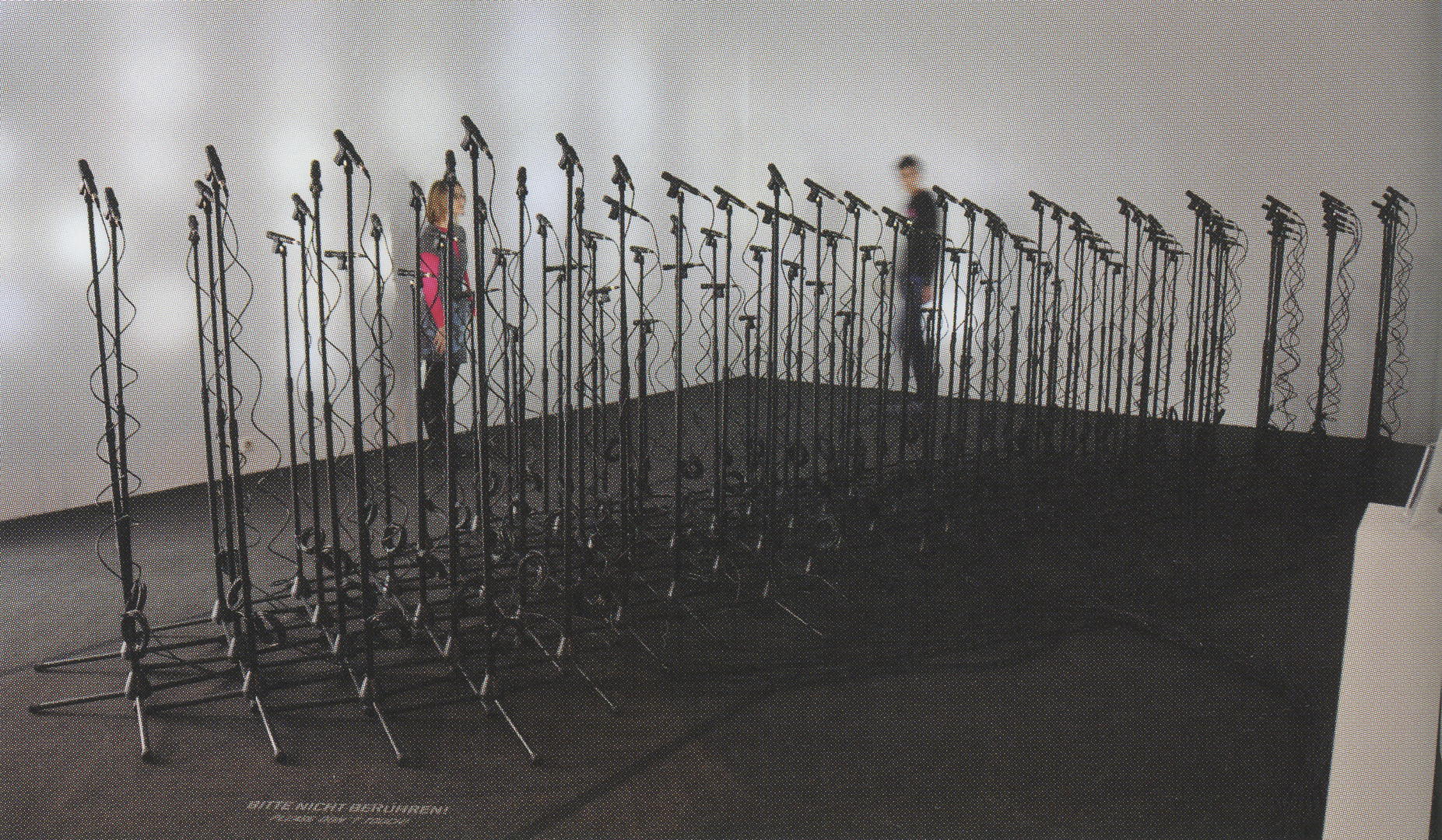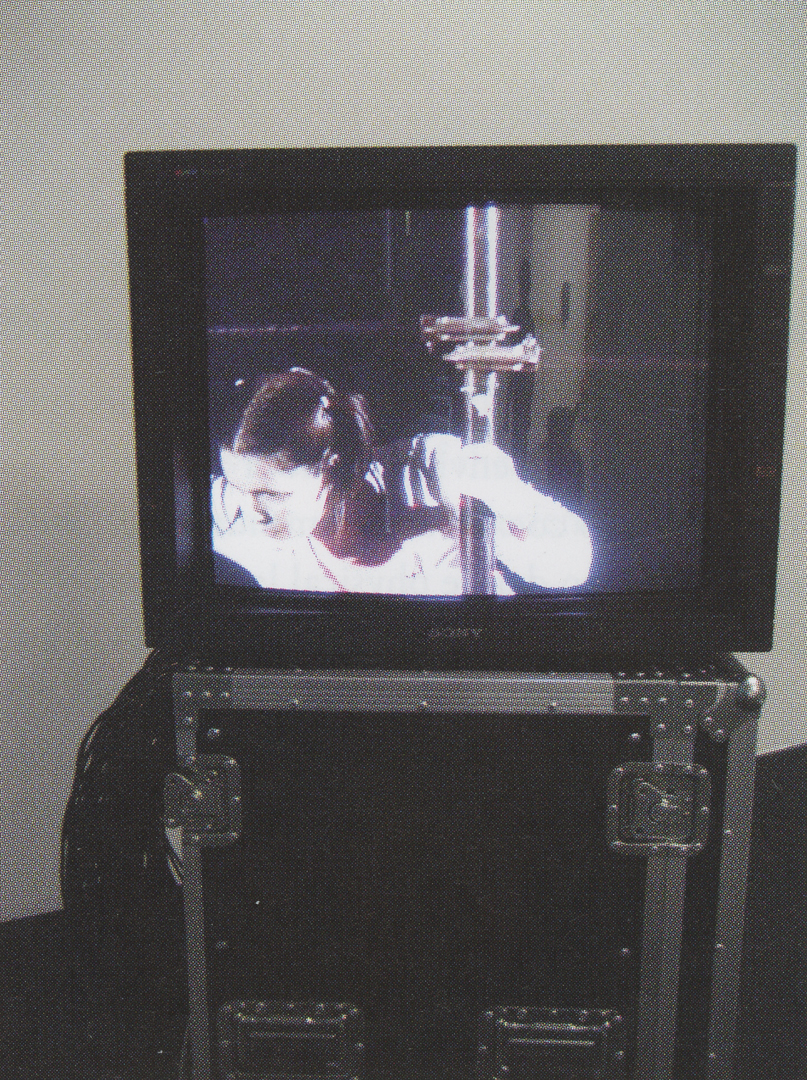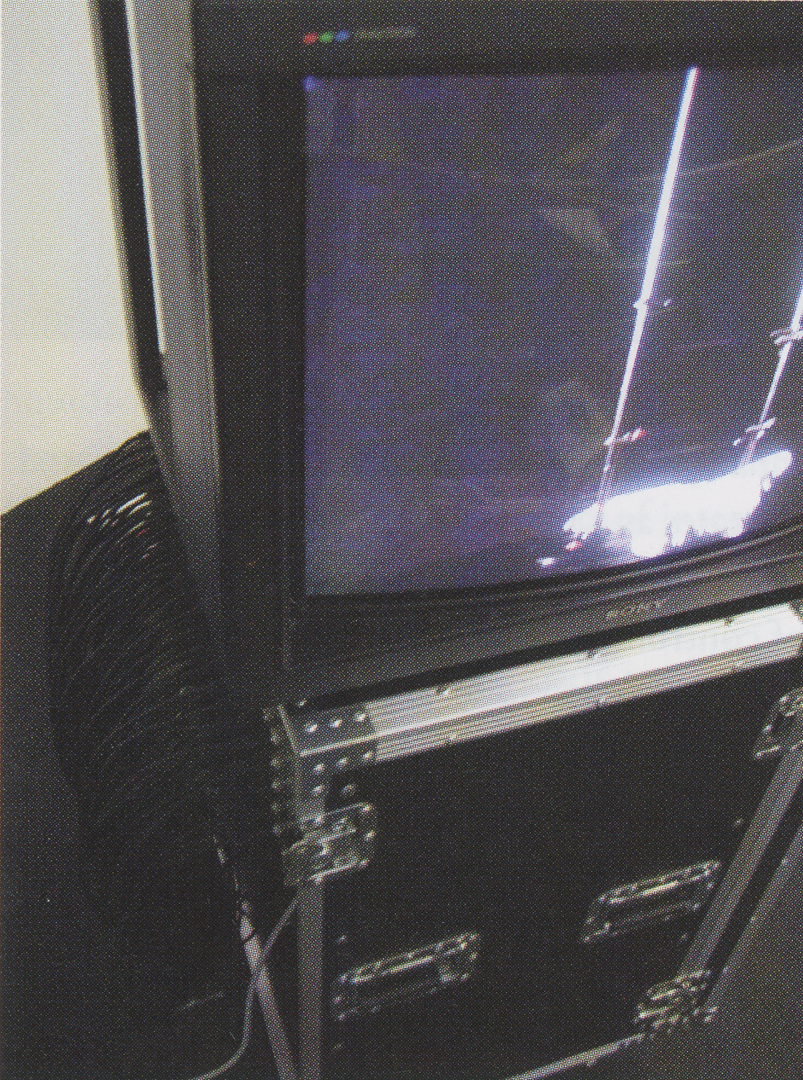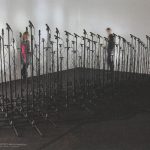Daniel Sauter, Fabian Winkler: In the Line of Sight
Artist(s):
Title:
- In the Line of Sight
Exhibition:
- SIGGRAPH 2010: TouchPoint: Haptic Exchange Between Digits
-
More artworks from SIGGRAPH 2010:


Creation Year:
- 2009
Category:
Artist Statement:
In the Line of Sight is a light installation that uses 100 computer-controlled tactical flashlights to project low-resolution video footage of suspicious human motion into the exhibition space. Each flashlight projects a light spot on the wall. All flashlights combined create a ten-by-ten matrix representation of the source footage, featured on a video monitor in an adjacent part of the gallery. In the Line of Sight is an artistic exploration of low-resolution video projections exploring electronic images not as simulations of reality but as objects anchored in the physical space.
Daniel Sauter’s works are designed as open frameworks that require an active audience to complete the work. Sauter is interested in creating artworks that evolve over time, anticipating unpredictable and unexpected interactions between the work and the audience. This relationship focuses on unique experiences and engagement with the work. It questions the very nature of authorship and mastery by replacing finished work with open and ongoing processes. Fabian Winkler’s work proposes new practices for looking at familiar objects and spaces around us. Using the expressive and aesthetic potential of new media technologies, he creates critical, surprising, and sometimes humorous interventions. By linking technologies with concepts and vice versa, four different media have become integral to Winkler’s art practice: sound, light, robotics, and moving images. Winkler relates sound to the physical structures and the electronic components of his works and sees light’s potential for abstraction to create new, artificial realities and to transform objects and environments visually and ideologically. Winkler treats robotic and kinetic systems as sculpture, installation, and environment, allowing audiences to experience the








